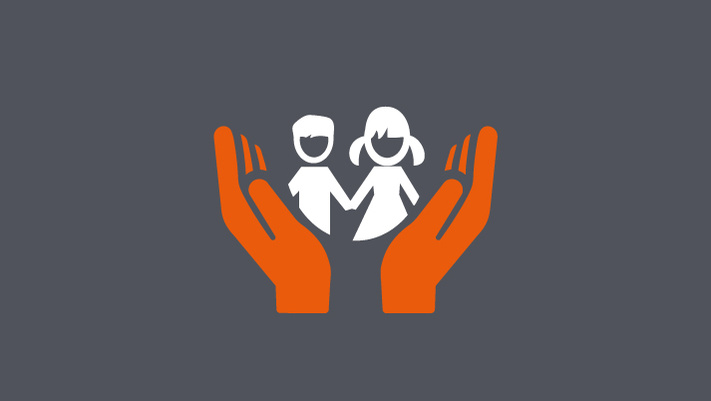It is not easy to define “violence” or ‘abuse’ against children because children’s rights is violated in so many different ways depending on the context and culture.
Children may suffer physical, emotional or sexual abuse and their rights may be violated through social media/Internet, in a family, an institution, a school, community or faith setting.
The perpetrators of abuse vary from an individual adult, adults working together, another child, to a group of children.
UNCRC 30TH ANNIVERSARY
It is important to recognize that children are not one homogenous group but have varying levels of maturity and understanding.
Article 3 of the United Nations Convention on the Rights of the Child for which Ghana is joining the world to mark its 30th anniversary emphasizes on “the best interest of the child as the primary consideration for any action which relates to children.
Article 13 speaks to “child’s right to freedom of expression” which includes the freedom to seek, receive and impart information, including advertisement. Then Article 17 (e) requires an “appropriate guidelines for the protection of the child from information and materials injurious to his or her well-being”.
Anyone and everyone is susceptible these days to the over-sharing of personal data and information. One wonders what compels an individual to tell the world with our fingers via the Internet what we would hesitate to tell in a room full of people we know.
When it comes to posting things on the Internet, it seems the rights of children are overlooked to the detriment of the child. Sharing photographs and information about children and young people online can be another form of violence/abuse against them and it is gaining currency in our part of the world.
The earlier we raised awareness of this abusive practice and put a check on ourselves, the better it will be for our children, young people’s future, and us.
HOW FAR
It is the responsibility of organizations to ensure their staff; operations, and programmes do no harm to children. In this respect, they must not expose children to the risk of abuse and must have procedures in place to ensure that any concerns the organization has about children’s safety within the communities in which they work are reported to the appropriate authorities for action.
Therefore, if YOU post a photo of, and personal information about, a child or any young person without his/her consent, it is a form of violation of the person’s rights. This could be done in ignorance of the child’s rights and the potential risks this poses for that child, but ignorance is no excuse.
ADVERTISEMENT
Why do we have so many adverts prepared and approved with LOW standard of social responsibility in Ghana? Does Food and Drugs Authority (FDA) approve products to be advertised or do they approve the advert too? Does the FDA have the requisite competency to vet and approve Adverts?
A number of adverts being aired seem to promote gambling or gaming, sexual imagery, portraying violence, undue aggression, depicting children behaving in an anti-social manner, among others. Advertisement in all forms of media that influence children should adhere to basic standards and principles according to the UNCRC Articles 13 and 17.
Our checks with these key related institutions thus: The Food and Drugs Authority, National Media Commission and The Advertising Association of Ghana websites revealed availability of guidelines for everything except advertisement.
This we believe only confirms their bad faith towards Social Responsibility in Ghana.
Child focused organizations like UNICEF, World Vision, Plan International, and ActionAid and among others have what is called the ‘Minimum Child Protection Standards’.
These standards spell out the procedures needed to prevent child abuse in its varied forms as well as how to respond to concerns about child’s wellbeing appropriately. We recommend these Standards to all institutions responsible for posting too much information online about the children and young people they work with.
Let’s work together to STOP violence against children within the digital in the media and beyond.
Source: Child Online Africa



